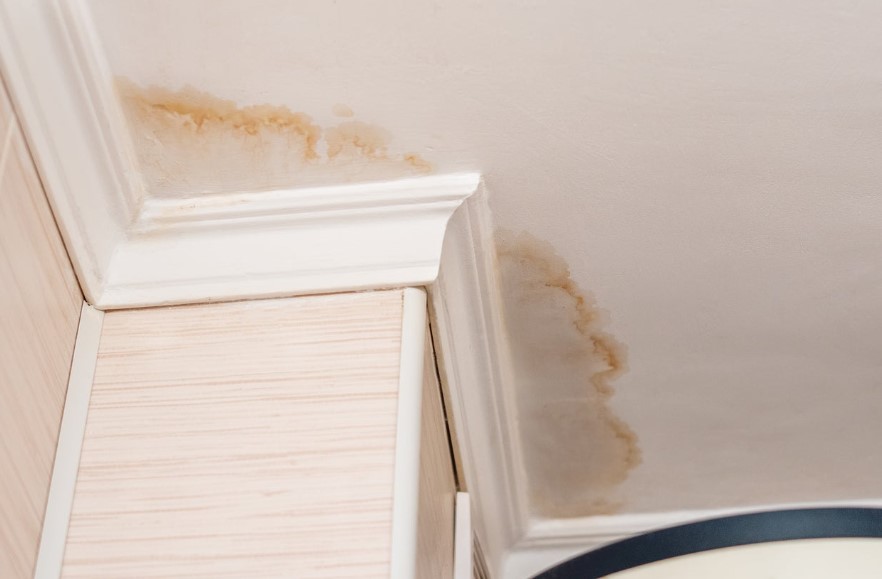
When a plumbing emergency strikes, it can be a very stressful experience. These problems don’t wait until regular business hours to crop up and often require the expertise of an emergency plumber. However, the cost of these professionals can also add to your stress levels. In this article, we’ll discuss what an emergency plumber Overland Park does and how to find one who won’t charge you an arm and a leg.
Emergency plumbers offer various services, including drain cleaning, pressurized water jetting, fixing toilets and tubs, and replacing sewage and sump pumps. They also repair and install gas lines for kitchen appliances like ranges and ovens. These professionals are trained to handle residential and commercial plumbing problems, and many of them work on a 24/7 basis to ensure that they can assist when needed.
A burst pipe is considered a plumbing emergency and can cause significant damage in a short amount of time. It’s essential to shut off your main water valve until a plumber arrives to avoid further flooding and property damage. Some leaks, such as a washing machine hose leak, will immediately pour out gallons of water, while others are silent and only become apparent once the damage is already done.
If you have no hot water, it’s considered a plumbing emergency, as it can disrupt your daily routine and make it difficult to wash dishes, take showers, clean the house, or care for your plants. In addition, it’s a hygiene issue and can lead to health concerns like mildew and mold.
According to emergency plumber Overland Park experts, moisture and toxins can lead to serious health issues when water damage occurs. It can damage building materials like wood, drywall, and carpeting, and it can also be dangerous if it is contaminated with bacteria or other germs from sources such as sewers. It can also cause microbial growth, such as mold and mildew.
Airborne Contaminants
Inhalation of airborne contaminants (dust, gases, vapors, smoke, and fumes) can cause a wide range of diseases depending on the type of contaminant, its concentration, and how long a person is exposed. The short-term effects can include irritation of the eyes, nose, and throat, headaches, and dizziness. Long-term exposure can result in respiratory disease, cardiovascular impacts, and cancer.
The damp environment in water-damaged buildings promotes the growth of bacteria. This includes gram-positive bacteria (e.g., Actinomycetes and Mycobacteria), which produce endotoxins and exotoxins with adverse health impacts, such as lipopolysaccharides and hemolysins. The decomposition of organic materials such as paper, insulation, and wood also releases volatile organic compounds, a source of airborne pollutants.
During hurricanes, the exposure to airborne contaminants increases due to the physical damage to manufacturing and other facilities and the flooding of residential and commercial areas with chemical substances. Carbon monoxide poisoning is an additional risk during power outages if generators are not operated correctly.
Respiratory Infections
Mold can cause respiratory illness in people with poor immune systems. The symptoms include fever, cough, and sinusitis. In some cases, the disease may be severe and lead to pneumonia. Molds also trigger asthma attacks in some individuals. In a study following Hurricane Katrina, people reported increased respiratory symptoms in the months after the storm.
In the ER, doctors warn of a possible surge in Respiratory Syncytial Virus (RSV) infections this winter. The condition is more common in babies and young children and can lead to bronchiolitis, pneumonia, and other respiratory illnesses. The virus usually peaks in December and January.

